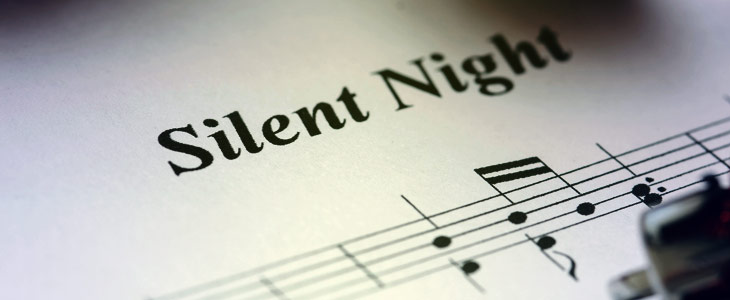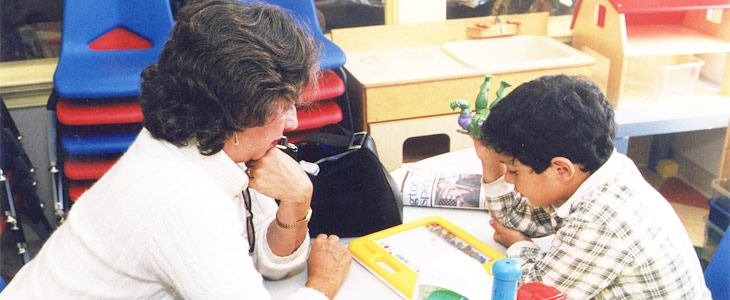We talked with some masters of accompanying in Colorado to find out the secret of making silent movie music. Read on to find out more.
The Perks of Making Silent Movies Music
Have you ever heard a familiar tune that instantly turned into an opening scene of a famous movie in your head?
Imagine the silver screen masterpieces, like the “Godfather” or “Gone With the Wind,” without the legendary music made by composers, like Giovanni “Nino” Rota or Max Steiner. That movies and music mix well is a well-known fact that dates back to the silent movie era. Back then, various musicians, like pianists and violinists, had scarce sources and cues to use when playing the background music during the projections, so they relied on improvisation. Once the movie finished, the music was quickly forgotten.
The Art of Playing the Silent Movies Music
Little has changed in this century, judging from the experience of Dave Troy, a pianist from Colorado who dedicated forty years of his life to creating accompanying music for silent movies. He fully understands the elusiveness of his work, since every silent movie screening is different and the music he has made is forgotten the moment “The End” sign shows up on the screen.
Making music that accompanies silent movies resembles leaving footprints in the sand. One moment they are here, the next moment they are gone. Mr.Troy agrees with this analogy, saying that this is what happens to his work since he doesn’t make a score for his music. He also says that he has mixed feelings about his movie music, that range from nostalgia to a kind of relief. As Sting would put it, “If you love them, set them free.”
As an excellent jazz musician, Troy always plays instinctively, relying on improvisation. One of his friends offered a poetic description of his creative process. He said that the movie entered his eyes and reached his hands via his heart.
Troy can not offer a logical explanation of this process either, and he says it’s a fine mixture of improvisation and technique and skill with a pinch of mystery.
When asked what he wanted to accomplish with his music, Troy replied that he wanted to find out what the director’s idea was and to help this main idea stand out with music.
He is well aware that his role is secondary, and the greatest compliment for him is to tell him that he is unnoticeable.
This artist learned a lot about making music for silent movies from the pianist Wiliam Perry from New York, who made music for TV movies back in the ’70s. Although the two have never met, Troy claims Perry has mastered the skill of being an unnoticeable companion to movies. He tries to make music that is not overwhelming, just like his “teacher” did.
This amazing musician also pays a lot of attention to what his colleagues accompanists do.
He emphasizes the work of two artists — Donald Sosin and Rodney Sauer. After listening to Sosin’s composition for the 1926 movie “La Boheme” where he incorporated piano, violin, and cello, Troy praised Sosin as an excellent, accomplished musician who brought a unique harmonic complexity in his scores.
Rodney Sauer takes a different approach in making his music. As he says, he doesn’t make original music, he compiles.
Sauer simply follows the same pattern accompanying musicians used in the silent movie era.
He watches the movie first, to see what kind of effect he needs to make, or what emotions to express, and then makes a compilation of short music pieces made for orchestras a long time ago.
As a compiler, he has to find a way to get hold of these rare collections, so he visits libraries, connects with people on the Internet to get his work-material. He bought tons of material from famous composer Robert Israel before he moved to the Czech Republic.
The Development of Silent Movie Through Ages
People who visit the Denver Silent Movie Festival are eager to find out as much as they can about its history and the music that goes with silent movies. There is no accurate answer to when the first sound movie appeared. As far as we know, the silent era lasted from the 1890s to 1927.
1927 was the turning point in moviemaking history because the first synchronized movie, the “Jazz Singer,” went out that year. It took two years for both the production and theaters to get the needed equipment and to adjust to this novelty. Up to 1929, the musicians who accompanied movies had provided this vital dimension that followed the actions on the screen.
The most common notion — that all silent movies had music— doesn’t hold water. The first “motion picture” featured at the “Grand Cafe” in Paris represented fifty-second long bulletin. These short movie forms by Lumiere brothers had music. However, this wasn’t the case with the shows in American “nickelodeons” and theaters.
One thing is sure; you can never make everyone happy. The newspaper reports of the movie show those days clearly prove this saying. First, the movie-goers were angry that there was no music during the show, only to start complaining about the music being “too loud” or “too bad.”
The idea of having music in movies must have originated from vaudevilles and melodramas — the entertaining shows with music acts.
The audience enjoyed the music scenes on stage, so the music was successfully transferred to movies.
There were no standards on who should play movie music or what they should play. When full-length movies started showing in 1915, those with huge budgets featured big cities, like New York or San Francisco, and they could afford entire orchestras to follow the movie.
However, as these movies started featuring smaller cities, the number of musicians would drop down to one, maybe two.
Regarding the themes they played, the situation was similar. Sometimes, there were ready-made cue sheets that came with the movie. If the sheet said “dancing scene,” the musicians would start playing a waltz, for example.
If there was no such sheet, musicians could use the book containing suggestions for the movie music.
If none of these valuable sources were available, musicians had to rely on their imagination and the power of improvisation. They would play something related to the happenings on the screen.
The Challenges Silent Movie Music Faces Nowadays
Finding the cues for playing music for silent movies may be a painstaking process. Troy accompanied the 1926 version of the “Scarlet Letter” once. When asked about the preparation process, he said that he had already seen the movie and read the book so he knew what was going on on the screen.

He also said that he often used cue cards as help. That was the case with accompanying Chaplin’s masterpiece “The Gold Rush.” During the timeless “dancing rolls” scene he played the “Oceans Roll” as the card suggested.
New Vibes for Old Flicks
Niki Tredinnick is a relatively new face on this interesting scene, but she shares the same goal with her more experienced colleagues. She says she wants to immerse the audience into the movie and tickle their imagination.
She makes the music that fits the characters in the movies she plays for. This artistic approach sets her apart from other accompanists. For example, when she did Lois Weber’s “The Blot,” she accompanied each character with different musical theme and instrument.
She wants to revive silent movies and bring them closer to people who are not familiar with this genre.
She sees her mission as much needed nowadays because going to “silent movies” now is a choice. You have to convince people that this is an unforgettable experience. In the silent movie era, people didn’t need this kind of motivation. They simply went to the movies.
Niki uses modern sound and a variety of instruments to attract viewers that know little or nothing about this movie category. She wants to break the mold and offer something different from standard piano tunes at silent movies projections.
Another master in this field, Sosin, shares the same attitude. He performs as an accompanist all over the world. He also shares his knowledge and creativity with young people who come to his workshops, from Denver to Bangkok. He also uses a variety of instruments to showcase his music.
One of the perks of silent movies music is the uniqueness of the experience. You may watch the same movie twice but the music that goes with it would be brand new every time. Accordingly, the same movie accompanied by Niki Tredinnick’s “Dollhouse Thieves” will leave a completely different impression from the one you’ll get when Troy plays the piano.
The music makes all the difference. Elusiveness is another thing. This music really gets your attention, because it will be gone forever once it is played.
History always changes, which is a good thing. Experts reveal new documents and artifacts on a daily basis, that can completely change the perception of a historical event or a period. The same goes for the movie history that changes at an unbelievable pace, with new findings and unknown movies popping out of nowhere.
It was believed that up to 80% of silent movies legacy was lost. The whole story changed when around 350 silent era movies were discovered at the bottom of an empty pool in Canada. Another amazing story comes from New Zealand where experts got hold of more than 100 American silent movies, in a shed whose owner was New Zealand Film Archive.
Now that we see how changeable things are regarding movie history, we can only wait for the next amazing discovery.



